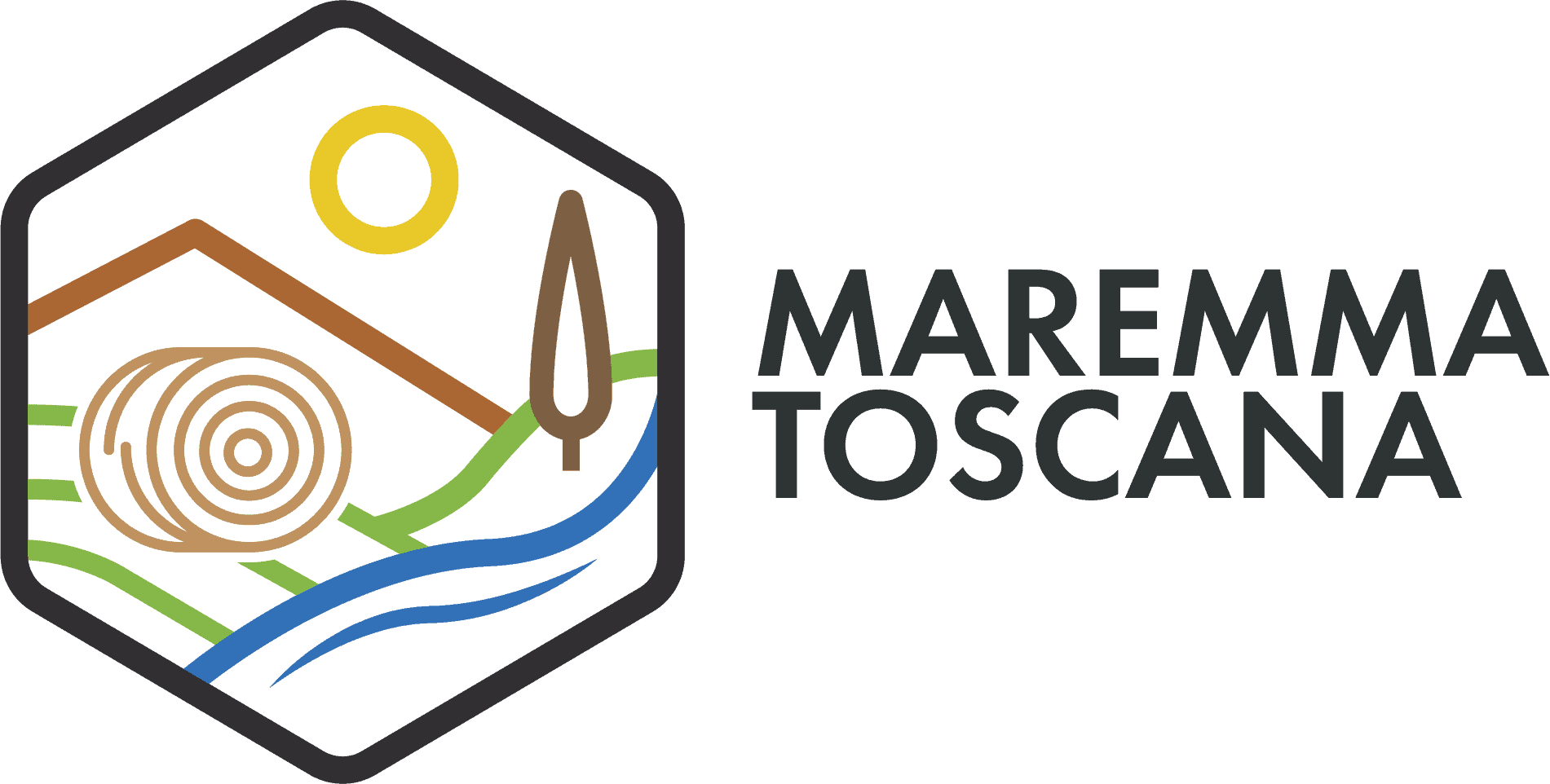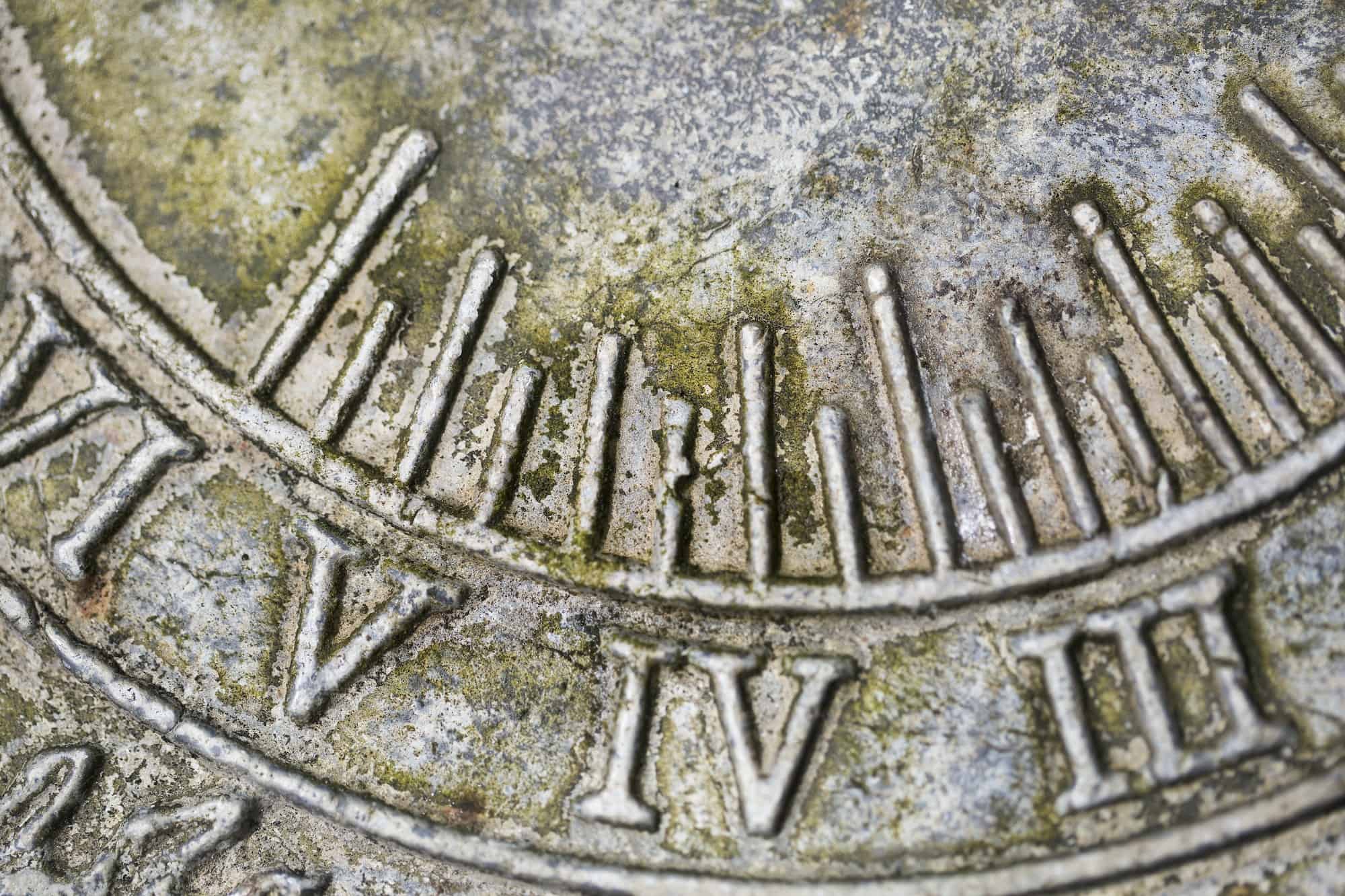Romans
THE ROMANS DID NOT PAY MUCH ATTENTION TO THE ENVIRONMENTAL CONDITIONS OF THE MAREMMA, AFTER HAVING CONQUERED THE MOST FAMOUS ETRUSCAN CITIES: POPULONIA, VETULONIA AND ROSELLE.
After the flourishing of the great Etruscan civilization, decline occurred due to the ever-increasing Roman interest in the entire Maremma area. Between the 4th and 3rd centuries BC, a series of military campaigns led Rome to take possession of the main Etruscan cities. The romanization of the Maremma coast was rather long and laborious, and at first it bore fruit. In 273 BC. the city of arose What, despite some major centers such as Populonia, Vetulonia and Roselle (the Etruscan center of first importance, conquered in 296 BC) were destroyed during the civil war between Mario and Sulla, as many underwent notable improvements, so much so that they became favorite places by the Romans (especially for noble families) for the practice of the so-called Otium – the care of the spirit and the pleasures of the body – in numerous maritime villas accompanied by thermal facilities that were built there during the 1st century. With Augustus, again in the 1st century BC, the area took the name of Regio VII and became a hub for commercial relations with the north of the peninsula. For this reason, Rome strengthened the road network, tracing the Via Aurelia along the sea and the Via Clodia inland.
THE PASSAGE OF THE ROMANS IN MAREMMA IS WELL VISIBLE IN THE ARCHAEOLOGICAL EXCAVATIONS OF ROSELLE AND IN THE STUNNING VILLAS ON THE ISLAND OF GIGLIO, GIANNUTRI, SCANSANO, ANSEDONIA AND CAPALBIO.
However, the well-being of this area did not last long: the Romans did not pay much attention to the environmental conditions of the Maremma area and nature soon took over. The Maremma became wild (and swamped), woods replaced well-kept fields, livestock and livestock replaced agriculture. Maintenance of the consular roads and canals was definitively abandoned, the beaches became difficult to dock; areas which, becoming unhealthy, tended to become depopulated. Added to this situation of abandonment were the barbarian invasions and pirate attacks, forcing the populations to take refuge on the most inaccessible hills best suited to fortifications, completely abandoning the coastal strip to unhealthy waters and malaria. The commercial blockade and the desolation of the ancient Roman communication routes extinguished the last traditional survivals of mining activity. In the panorama of desolation and abandonment, the activity of the monastic orders allowed the survival of some oases of civilization. Thus the picture of decadence in which the Maremma found itself in the late imperial age took shape.
Resources on the Romans in Maremma
- Archaeological and Art Museum of the Maremma – Located in the historic center of Grosseto, it presents a notable collection of Roman archaeological finds, linked to the period of Romanization of the Maremma territory.

